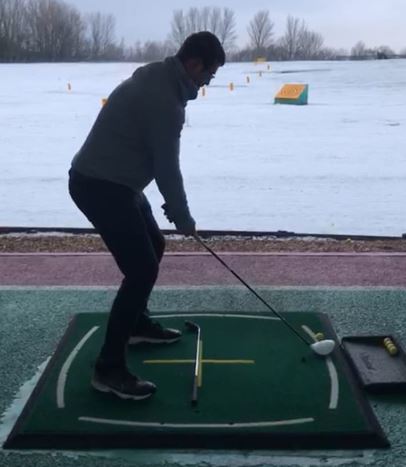Is Ping A Good Golf Brand?
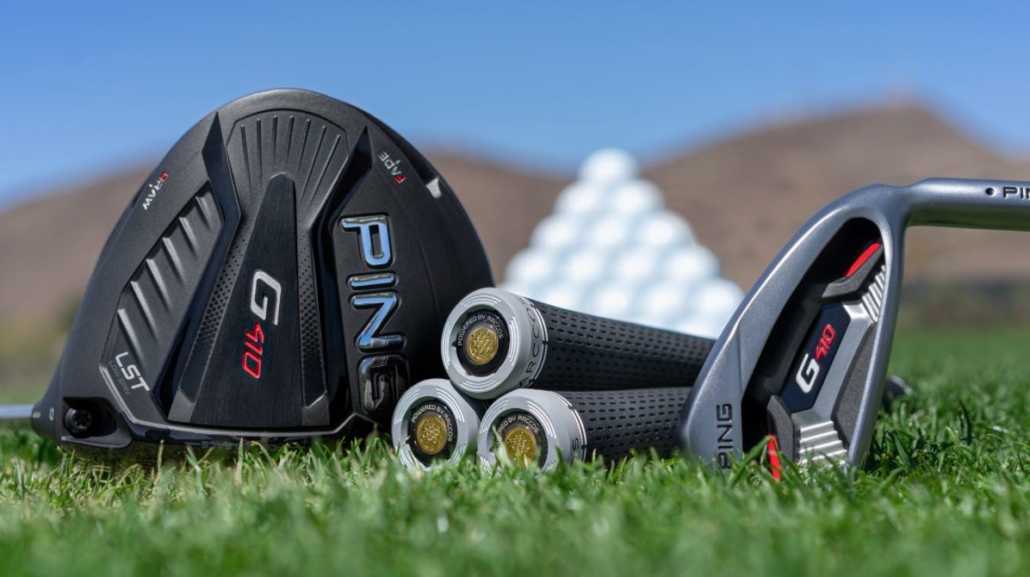
The story of the Ping company is about as American as it gets. The founder, Karsten Solheim, left a steady job with General Electric to follow his passion and build a company from the ground up. But does this moxy and determination equate to a good golf brand?
While the Ping story is inspiring, it doesn’t say much about the quality of the clubs. What does speak volumes about the clubs however is the long list of pros that absolutely love them. Today, Ping is a brand that you will see at pretty much every PGA event.
For the everyday golfer, Ping makes a good amount of game-improvement clubs that have become fan favorites. One thing that always stands out to us about Ping clubs is that there always seems to be some innovative or unique feature.
In a time when so many manufacturers are making copycat clubs, Ping clubs look, feel and perform uniquely. In our opinion, Ping is definitely a company that deserves your attention if you are in the market for new clubs.
But what makes their clubs great? Why exactly should you be considering them? And who exactly are they for? We will be answering these and other important questions about the Ping brand in the following company profile.
Quick Facts
- Currently, Ping is based in Pheonix, Arizona
- The founder left the General Electric Company as an engineer to start the company in his garage
- The name “Ping” comes from the sound that the first Ping clubs emitted when they made contact with the ball
- In just about a year, the founder of Ping made more than 2,000 putters by hand in his garage
- The founder of Ping was one of the first people to create a center-shafted putter
- In 1966, all Ping clubs were banned from tournament play save for the Ping “Anser” putter because the governing bodies believed that the special bend in the shaft gave players an unfair advantage
- In 1969, the Masters Tournament was won using a Ping putter, marking the first time a player used a Ping club to win the prestigious tournament
History of Ping
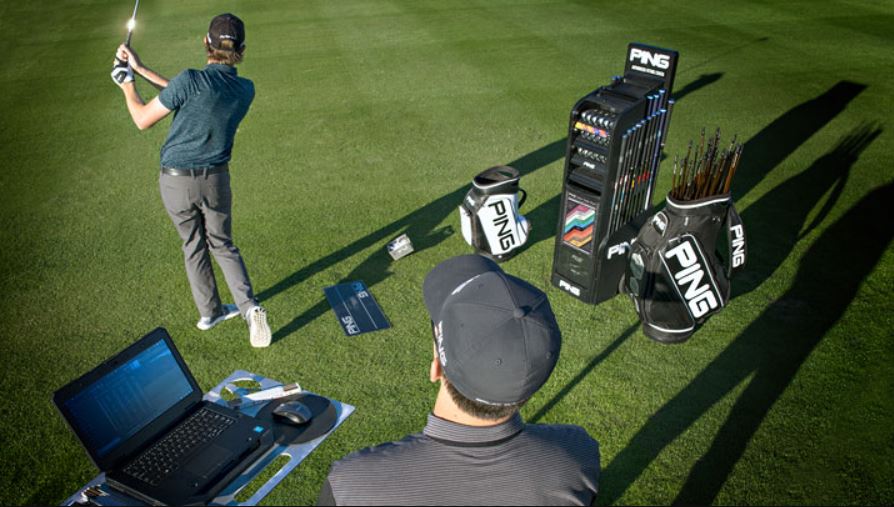
The history of Ping is one steeped in bravery and innovation. In 1959, Ping Founder Karsten Solheim began making his own putters because he was frustrated with the performance of the putters he was using. He started manufacturing the putters in his own garage as he himself was an engineer.
Solheim worked as an engineer at General Electric in Redwood City, California. He started out with center-shafted putters – an innovation in it’s own right at the time. He soon started creating more designs and eventually, moved to Phoenix and officially established the company there.
In 1961, Ping began to expand into iron manufacturing. Their first iron was titled the “69” because that was what Solheim considered to be a good golf score. In the following years, Ping would gain national attention as their clubs were being used to win PGA Tour events like the Cajun Classic Open Invitational in 1962.
Despite Ping’s clubs being banned from PGA events in 1966, the company persevered behind the popularity of the “Anser” putter famously used by Julius Boros. Today, Ping is one of the biggest American manufacturers of golf clubs and golf gear.
Best Driver – Ping G425 Max
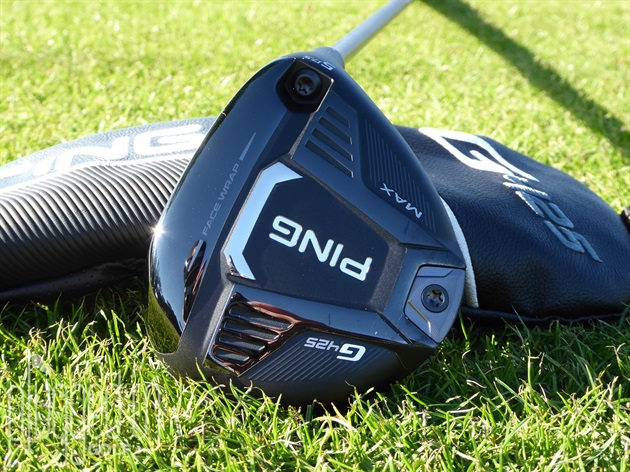
Selling Points:
- Adjustable weight
- Forged titanium face
- Titanium ribbing system
We have tested the Ping G425 Max driver many times before so we know it very well. We know it to be one of the best game-improvement drivers on the market today. The sliding rear weight can be set to the draw, neutral or fade positions to help cover up your shot biases whatever they may be.
And unlike other drivers in the G series, the Ping G425 Max driver has an oversized 460CC head so it has a large footprint. This makes it very congenial for mid to high handicappers looking for extra distance from the tee.
Plus, the Ping G425 Max has a forged titanium face so you get the consistency and feel of a premium-grade driver in the guise of a game-improvement driver. Again, this would be a great choice for mid to high handicappers.
Pros:
- Very forgiving
- Good launch
- Good for beginners
Cons:
- It can be hard to keep the ball out of the wind
- Not great for fast swing speeds
Overall Rating: 96/100
Check Out More Reviews Here:
Best Ping Game Improvement Irons for High Handicappers – Ping G410 Irons
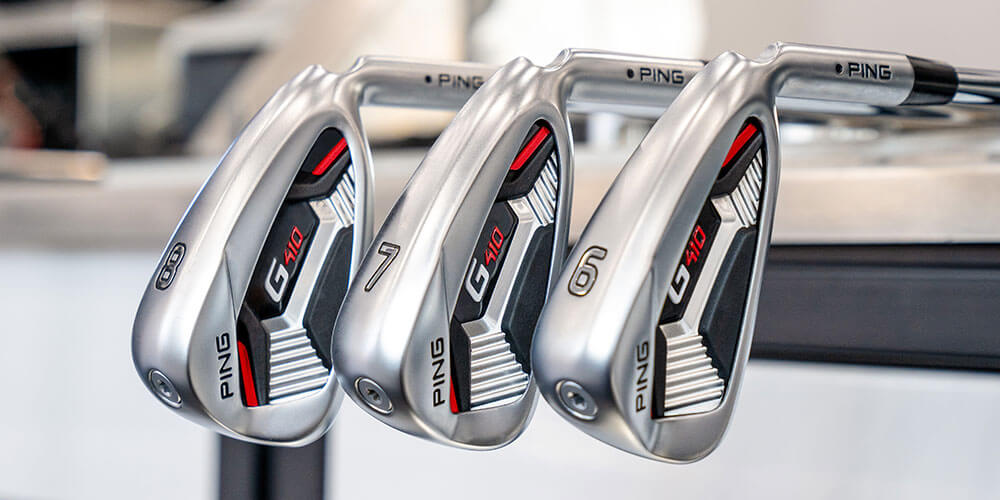
Selling Points:
- Extreme perimeter weighting
- Cavity back design
- Co-molded cavity badge
At first glance, you might not think the Ping G410 Irons are game-improvement irons. In truth, they have shorter blade lengths and a more compact head profile than your typical game-improvement irons.
However, there is a lot of power packed into these little irons. The cavity back design allows for high launch which creates steep descent angles. We loved how well all of the irons in this set help you hold onto greens.
The rear cavity badge also increases MOI by increasing torsional stiffness so more of your swing energy is actually transferred to the ball. This is a great iron set for high handicappers.
Pros:
- Great scoring irons
- Clean look at address
- Good distance
Cons:
- Low spin
- Limited offset
Overall Rating: 95/100
Check Out More Reviews Here:
Best Ping Irons for Mid Handicappers – Ping i525 Irons
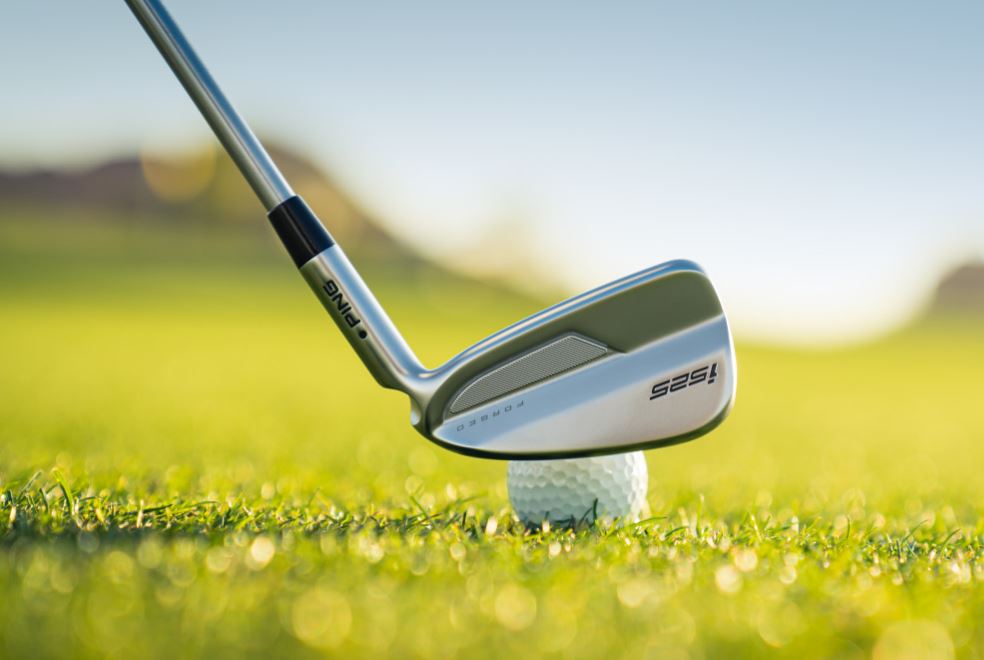
Selling Points:
- Micro Max grooves
- Multi-material design
- Maraging steel face
The combination of a maraging steel face and a strong, 17-4 stainless steel body makes for a metal-wood type flex which generates impressive distance. The Ping i525 Irons sport a player’s performance profile which means a short blade length, thin topline and limited offset.
But what makes these irons great for mid handicappers is the perimeter weighting. The Ping i525 Irons have weights in the toe and the shaft top which allows for extreme forgiveness on mis-hits. The muscle back design also allows for an incredible amount of feel.
The Ping i525 Irons would be great for any mid handicapper that wants an exquisite-looking set of irons.
Pros:
- They look great
- Strong-lofted
- Good launch
Cons:
- Durability issues
- A bit pricey
Overall Rating: 97/100
Check Out More Reviews Here:
Best Ping Irons for Low Handicappers – Ping i59 Irons
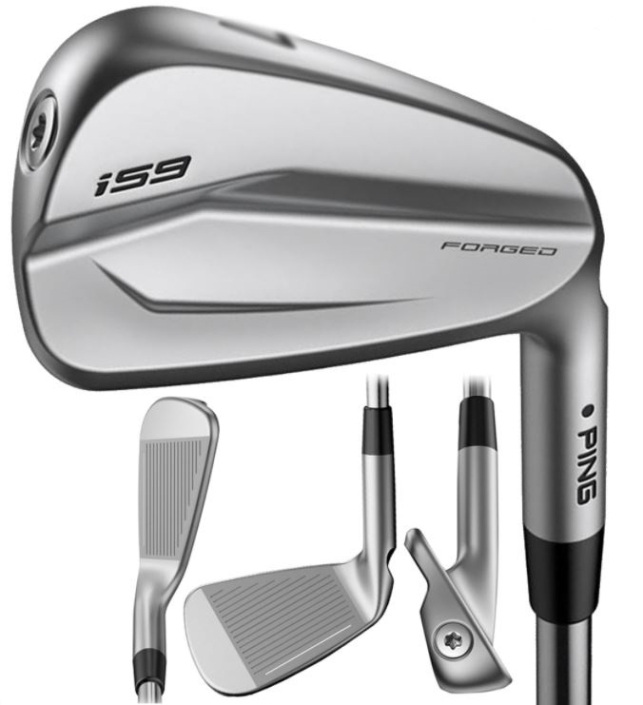
Selling Points:
- Aerospace-grade aluminum
- MircoMax grooves
- Muscle back design
This is another exquisite set of forged Ping irons that will surely cater to the performance needs of low handicappers. The Ping i59 Irons irons feature an aerospace-grade aluminum core, forged 1025 carbon steel body and a 17-4 stainless steel face.
This combination of materials ensures a soft feel at impact and incredible launch and distance. The only caveat with these irons is that they have relatively weak lofts for player’s performance irons. You can still get pretty good launch out of them; but you have to have a pretty fast swing.
Pros:
- Great spin control
- Surprisingly forgiving
- Incredible feel
Cons:
- Mild launch
- You need a fast swing speed
Overall Rating: 95/100
Check Out More Reviews Here:
Best Used Ping Irons – Ping G400
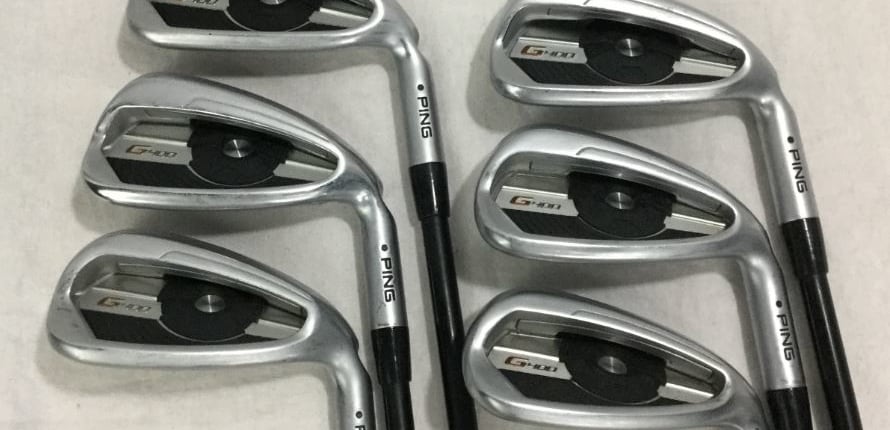
Selling Points:
- Multi-material design
- COR-Eye technology
- Hydropearl finish
This is a great deal if you are looking to score a set of Ping irons on a budget. The Ping G400 irons are durable in the first place which makes them a great option if you’re going the used irons route. The toprail undercut cavity allows the face to flex to a high degree so these irons naturally generate a lot of distance.
The hydropearl finish also helps reduce glare and increase control when playing in wet conditions. This is a great choice for anyone on a budget.
Pros:
- Good condition
- Affordable
- Good distance irons
Cons:
- Weak lofts
- Not great for beginners
Overall Rating: 93/100
Check Out More Reviews Here:
Best Ping Fairway Wood – Ping G410
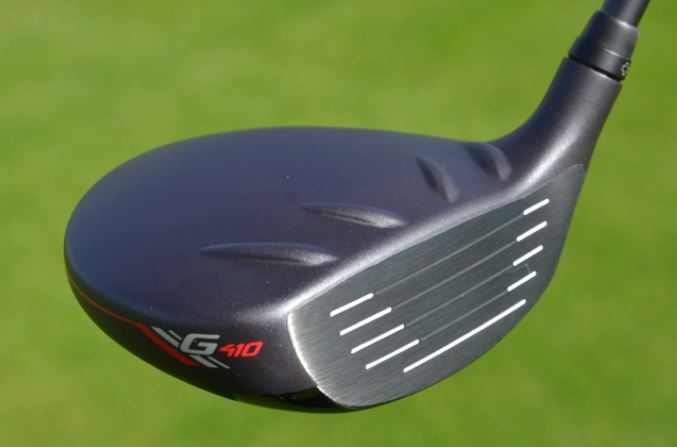
Selling Points:
- Maraging steel face
- Shallow face
- Adjustable loft sleeve
What our lower handicap testers liked about the Ping G410 fairway wood was that the weighting was oriented ever so slightly forward. This helped to eliminate a good amount of side spin both off the tee and the deck.
You will need a pretty good swing speed to get good use out of the Ping G410 fairway wood so we would suggest it for mid handicappers.
Pros:
- Low spin
- Great feel
- Perimeter weighting
Cons:
- A bit heavy
- Not great for slow swing speed players
Overall Rating: 94/100
Check Out More Reviews Here:
Best Ping Hybrid – Ping G400 Hybrid
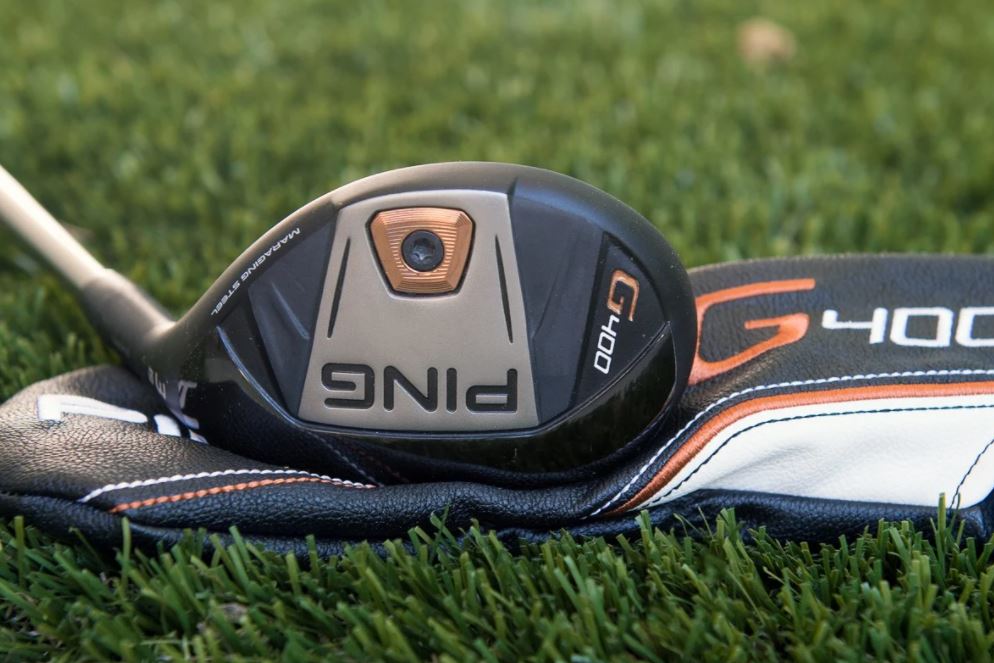
Selling Points:
- Maraging steel face
- Machined rear weight
- 17-4 crown
The Ping G400 Hybrid was made to be lightweight while still providing the forgiveness you need from a hybrid club. The maraging steel face delivers fast ball speeds while the textured face area helps to reduce spin.
What you end up with is a hybrid club that is appropriate for mid to long-range shots. This would be a great asset in the bag of anyone looking for a versatile hybrid.
Pros:
- Good rescue club
- Great feel
- Premium looks
Cons:
- Launches a bit low
- Feel is unsatisfying
Overall Rating: 92/100
Check Out More Reviews Here:
Best Ping Wedges – Ping Glide 3.0
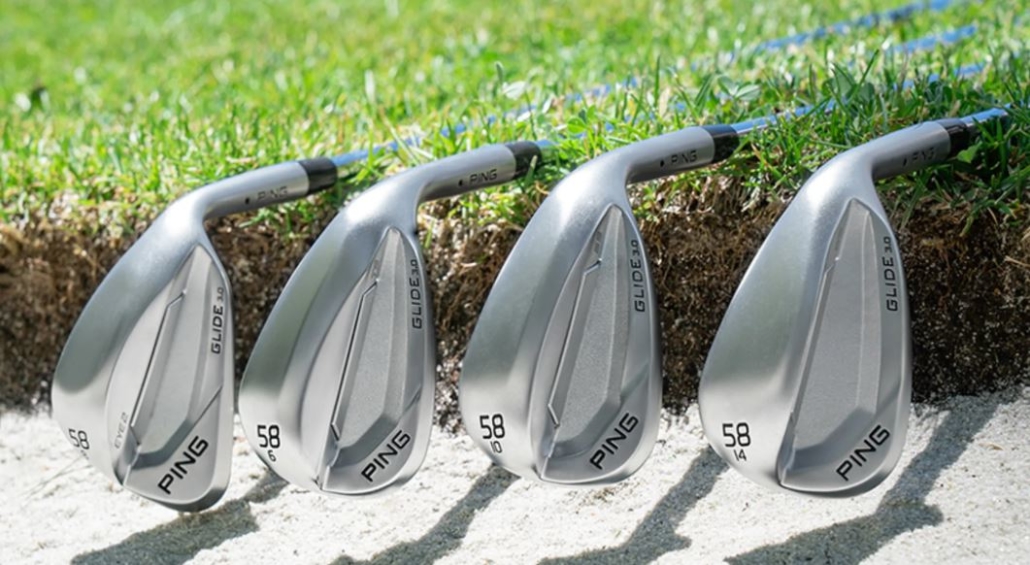
Selling Points:
- Multiple sole grinds
- Milled grooves
- High CG
The Ping Glide 3.0 wedges don’t have a lot of launch but that doesn’t mean they have no stopping power. The wheel-milled grooves allow for a ton of spin control so you can bite onto fast greens even with the relatively low launch of these wedges.
The Ping Glide 3.0 wedges also have a clean, sleek, player-preferred look at address so we would definitely recommend them to low handicap players.
Pros:
- Awesome spin
- Penetrating trajectory
- Great looks
Cons:
- Workability is an issue
- Turf interaction isn’t great
Overall Rating: 93/100
Check Out More Reviews Here:
Best Ping Putter – Ping PLD DS72
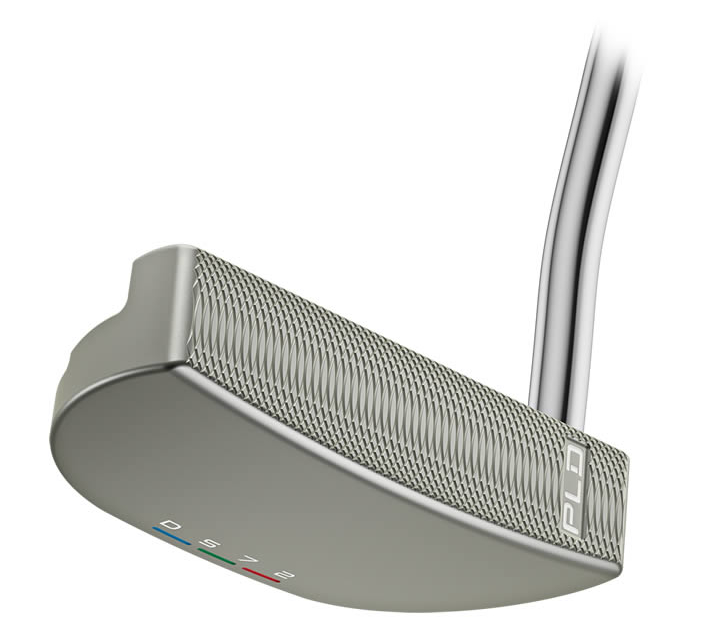
Selling Points:
- 303 stainless steel
- Forged
- Mid-mallet type
This is one of the most forgiving entries into the Ping PLD line of putters. It features a mid-mallet design with perpendicular and parallel alignment markers to create a “grid” effect that really helps you nail your intended line.
This is an amazing-feeling putter that generates very little skipping even on long putts. The 365g head is pretty lightweight for a mallet-type and would be a great choice for mid to high handicappers looking for a premium putter.
Pros:
- Feels amazing
- Smooth roll
- Good alignment markers
Cons:
- Pricey
- Scratches easily
Overall Rating: 96/100
Check Out More Reviews Here:
Who Are Ping Golf Clubs for?
What we really like about Ping is that they make golf clubs for everyone. Just on the short list above, you have clubs for beginners, mid handicappers and scratch players.
Are They Good for Beginners?
Yes. We definitely recommend the Ping G425 Max driver and G425 irons for beginners and high handicappers.
Good for Seniors?
While not many Ping clubs are made specifically with seniors in mind, many of them do have the option of senior flex shafts.
Do Any Pros use Ping Golf Clubs?
Absolutely! Players like Bubba Watson, Lee Westwood, Brooke Henderson, Louis Oosthuizen, Angel Cabrera, Billy Horschel and Viktor Hovland use Ping clubs.
Final Assessment
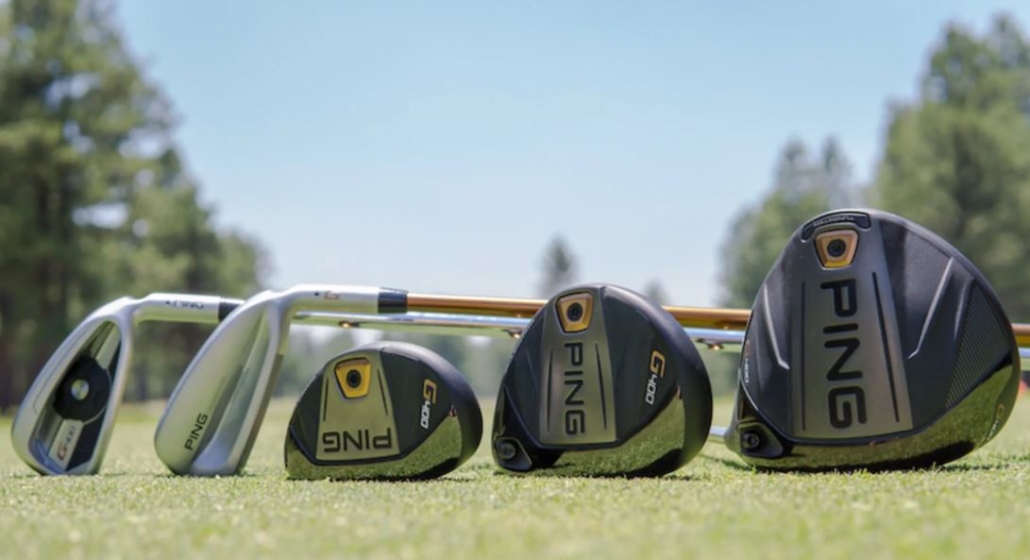
A lot of the innovations that today seem commonplace actually came from Ping. Things like center-shafted putters and perimeter weighted clubs can be attributed to the company.
So when we look at the history of the company, it’s undeniable legacy, some of their great clubs and the list of pros that use their clubs, we think it’s safe to say that they are a good golf brand.
Their clubs are highly sough-after by Tour pros and everyday golfers for a reason: they carry on the spirit of ingenuity that made them legendary in the 60’s. If you are looking for new clubs, be sure to include Ping in your shopping!


